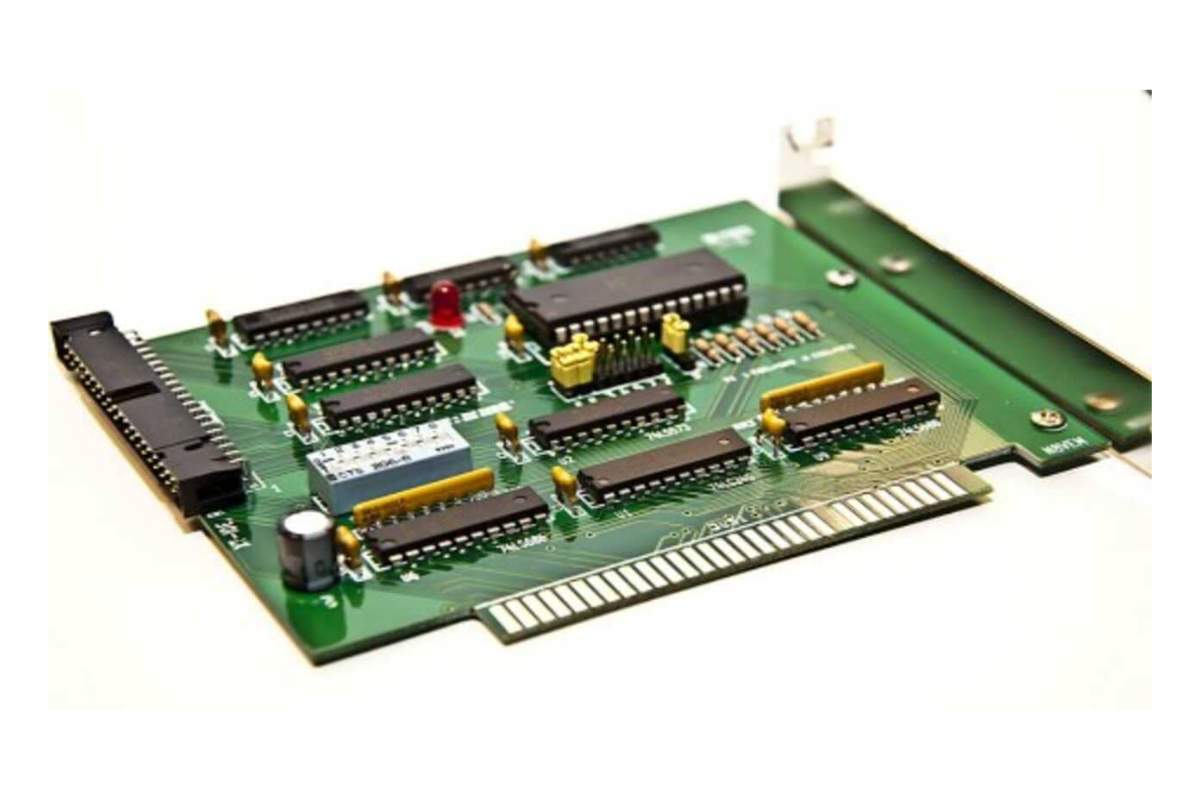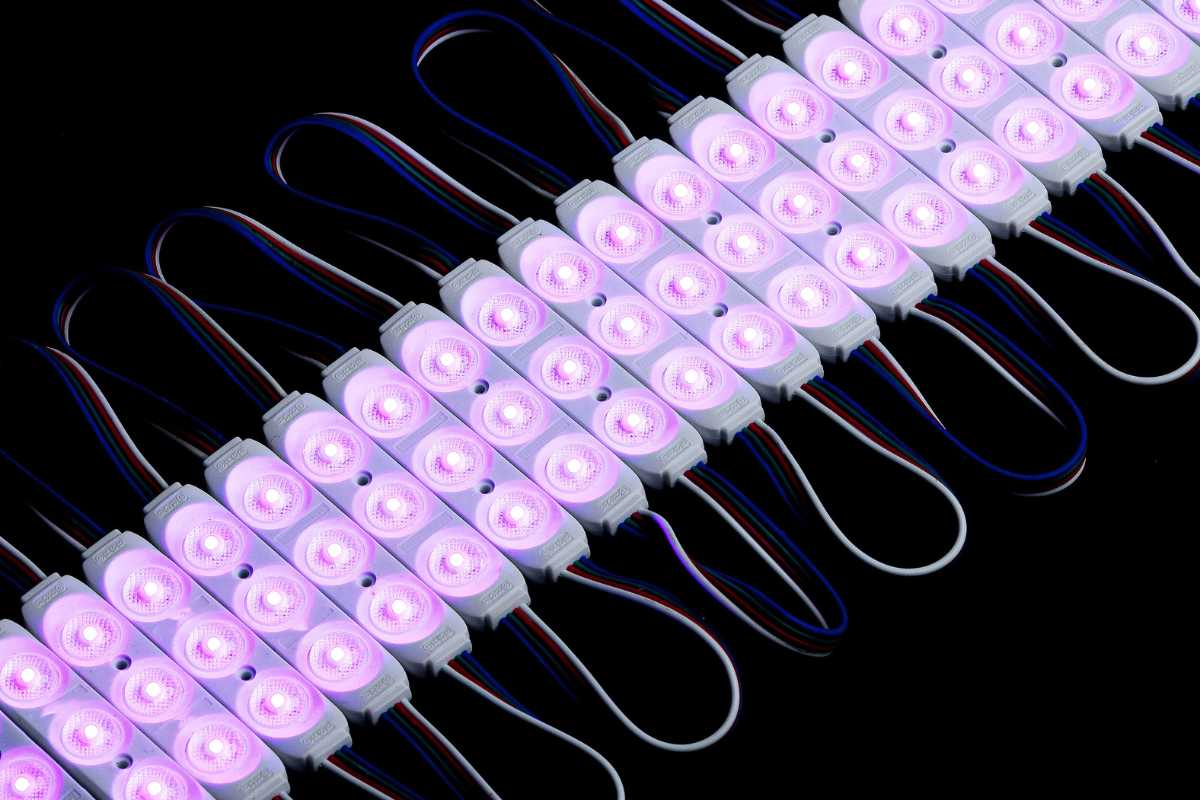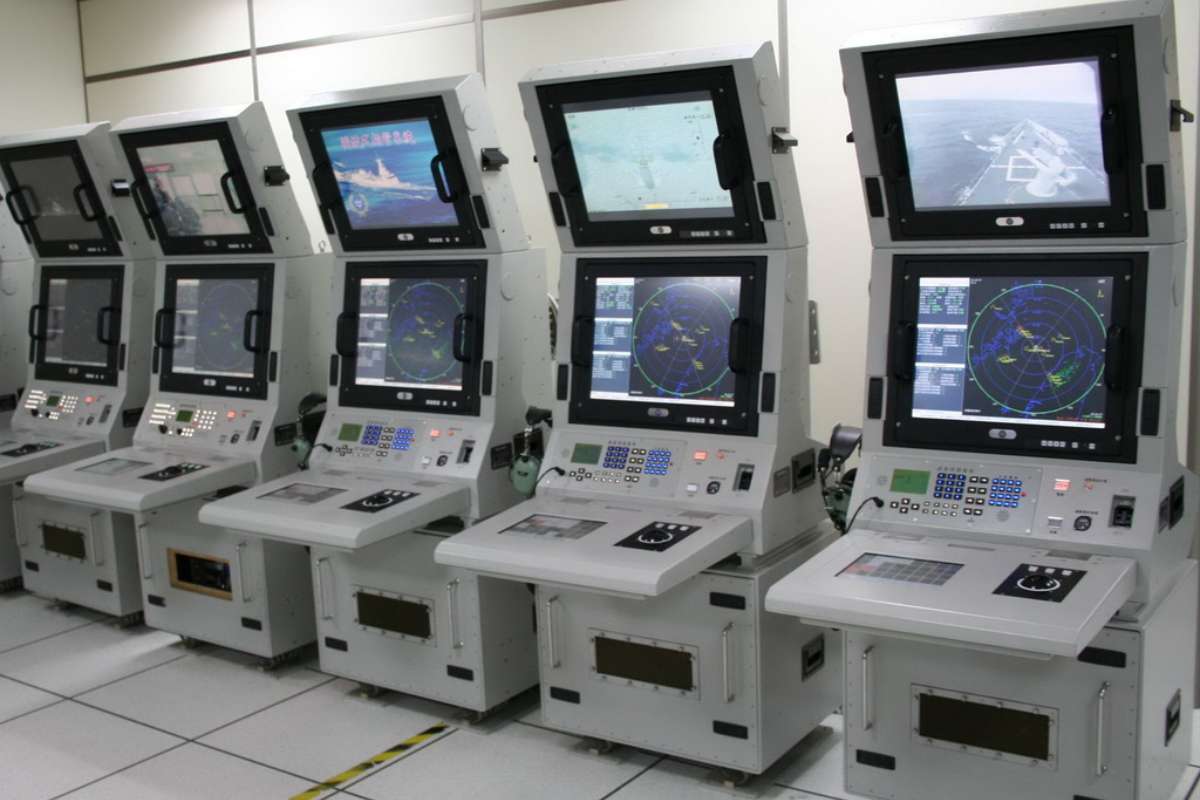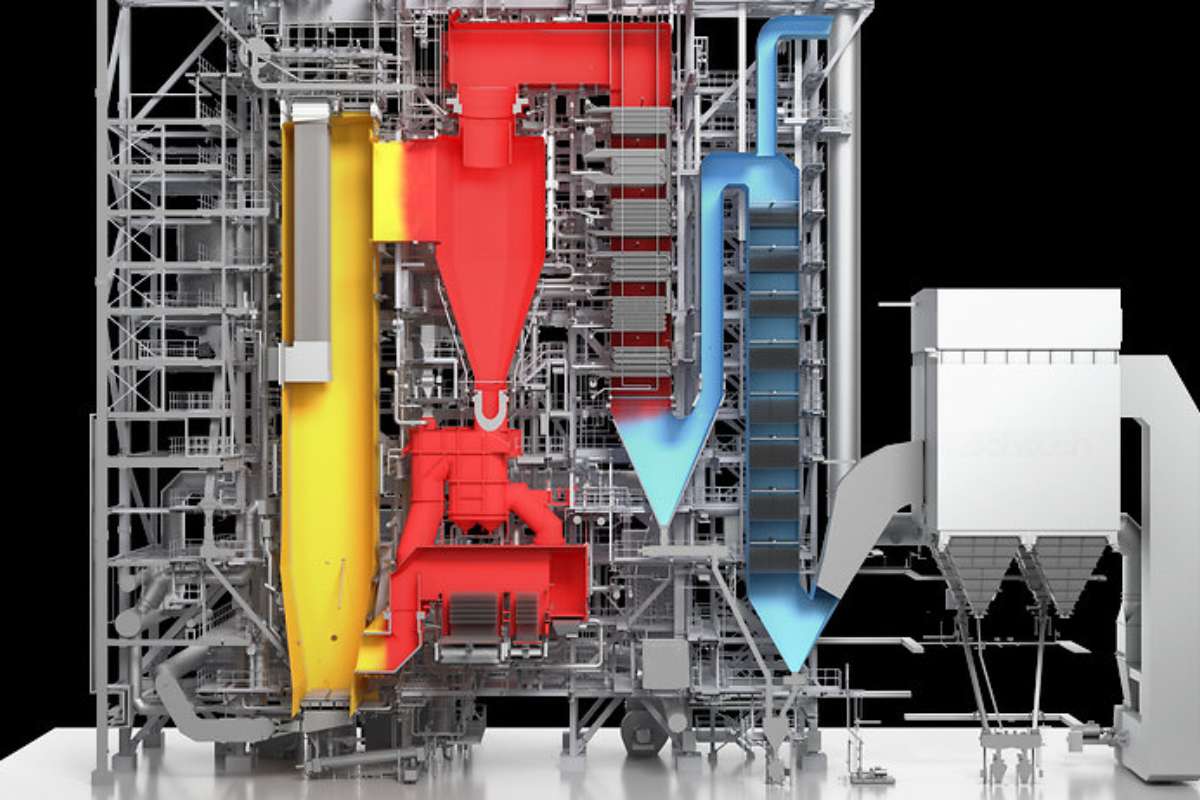The computing world is evolving rapidly, where speed, reliability, and data storage are most required. One of the most prominent technologies in storage devices is integrated drive electronics. From personal computers to servers, IDE revolutionized data storage in the late 1980s and early 1990s and its legacy continues to impact. In this article, we will explore, the evolution, architecture, and lasting impact of IDE, highlighting its role in revolutionizing data storage solutions and laying the groundwork for modern technologies.
What is Integrated Drive Electronics (IDE)?
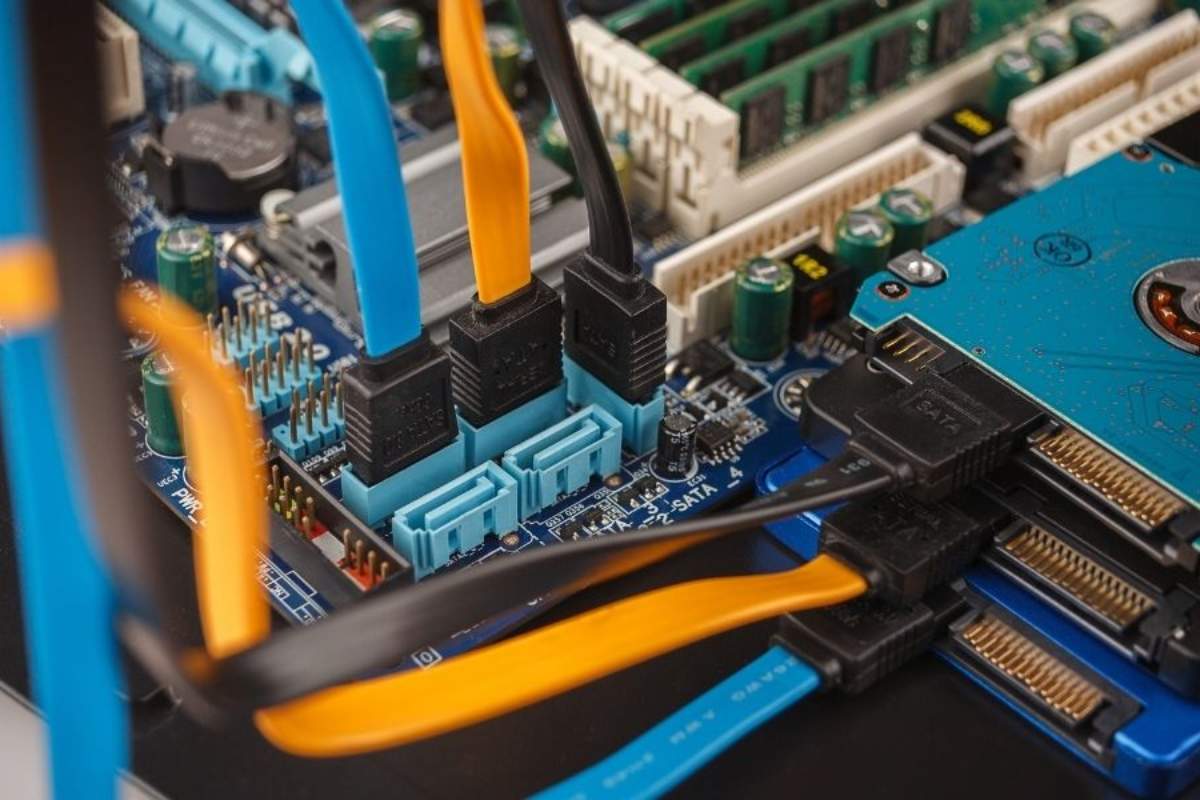
IDE refers to a surface used to connect storage devices like hard drives and optical drives to a computer’s motherboard. The main difference between IDE and its predecessors was the integration of the controllers directly into the drive itself. Before IDE, controllers were typically separate expansion cards, making setup complex. This innovation allowed IDE to streamline the communication between storage and the computer, making installation easy, reducing cost, and improving overall efficiency.
A Brief History of IDE
Before IDE, old interfaces such as ST-506 and SCSI were on top of the storage landscape. These systems required separate controllers, which made installation and use both complicated and expensive. Integrated Drive Electronics developed by Western Digital in collaboration with Compaq and others, is designed to simplify this process. By the mid-1990s, IDE was the dominant interface for personal computers, and it continued to be widely used well into the 2000s.
The Architecture of IDE
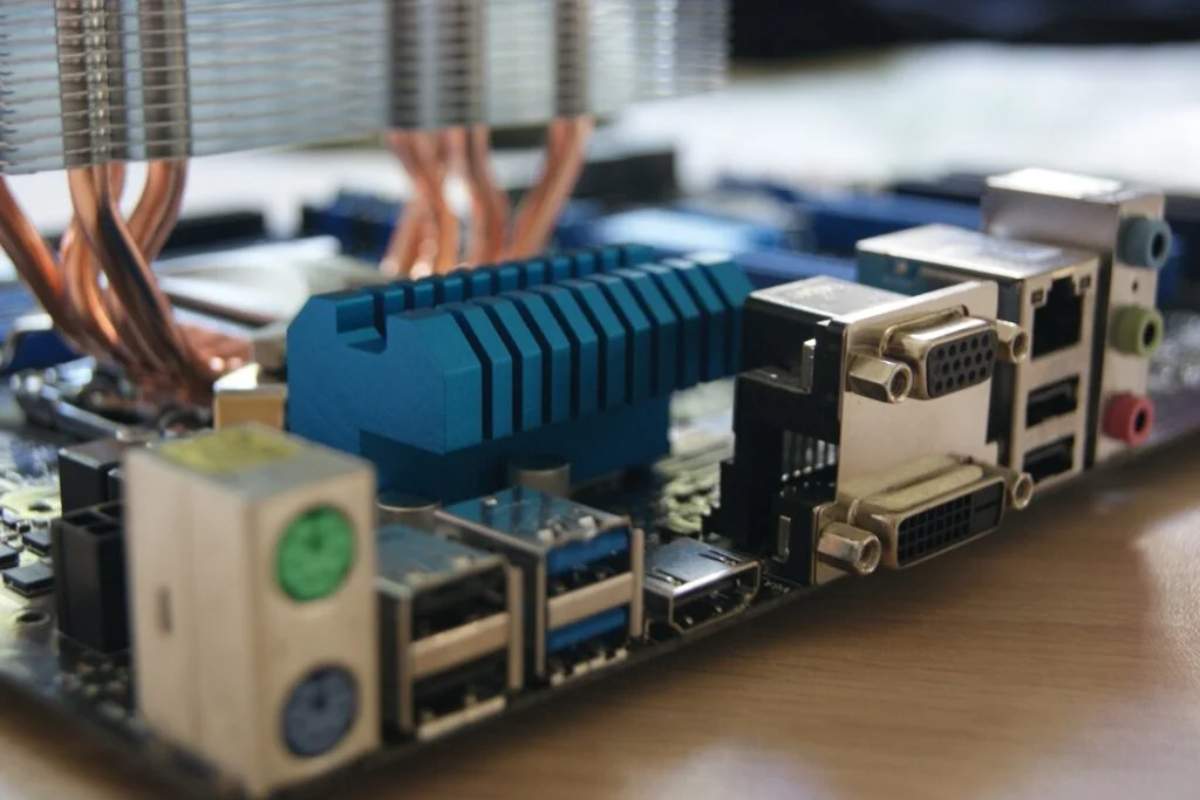
The architecture of the Integrated Storage Interface was key to its success. With traditional interfaces, the storage controller and the drive were separate components, which could cause bottlenecks in data transfer and complicate setup. IDE’s innovation was to combine these two elements, simplifying the system.
IDE drives connect to the motherboard via a 40-pin ribbon cable, and the interface allows for two drives to be connected to a single channel. The drives operate in a “master/slave” configuration, meaning that one drive acts as the primary (master) and the other as the secondary (slave). This flexibility in setup was particularly useful for personal computers, where users could pair multiple drives for added storage without much difficulty.
Industry Impact of IDE
Integrated Storage Interface had a profound impact on both the consumer and enterprise computing markets. By significantly reducing the cost and complexity of storage, IDE helped make personal computers more affordable and accessible to the general public. This democratization of technology played a key role in the rapid spread of personal computers in homes and businesses during the 1990s. In addition to personal use, IDE was also widely adopted in the enterprise world. While high-end interfaces like SCSI remained main in performance-driven environments like data centers, IDE found a niche in applications where affordability and simplicity were more important than raw speed.
The development of the Integrated Storage Interface paved the way for future storage innovations. IDE’s principles of integration and simplification directly influenced the design of later interfaces like Serial ATA (SATA), which further improved speed and efficiency.
The Transition from IDE to SATA
As computing technology advanced in the early 2000s, the limitations of Integrated Storage Interface became apparent. The bulky 40-pin ribbon cables used in IDE setups restricted airflow within computer cases, contributing to overheating issues in high-performance systems. Furthermore, IDE’s parallel data transfer method struggled to keep up with the increasing demand for higher data transfer rates. These limitations led to the development of Serial ATA (SATA), which replaced the flat ribbon cables with thinner, more flexible ones, allowing for improved airflow and faster data transfer speeds.
SATA also introduced hot-swapping, which allowed users to connect or disconnect drives without shutting down their systems, a feature not supported by IDE. It had largely replaced IDE as the standard interface for consumer storage devices. However, Integrated Storage Interface continued to be used in older systems and specific industrial applications where stability and reliability were more important than raw performance.
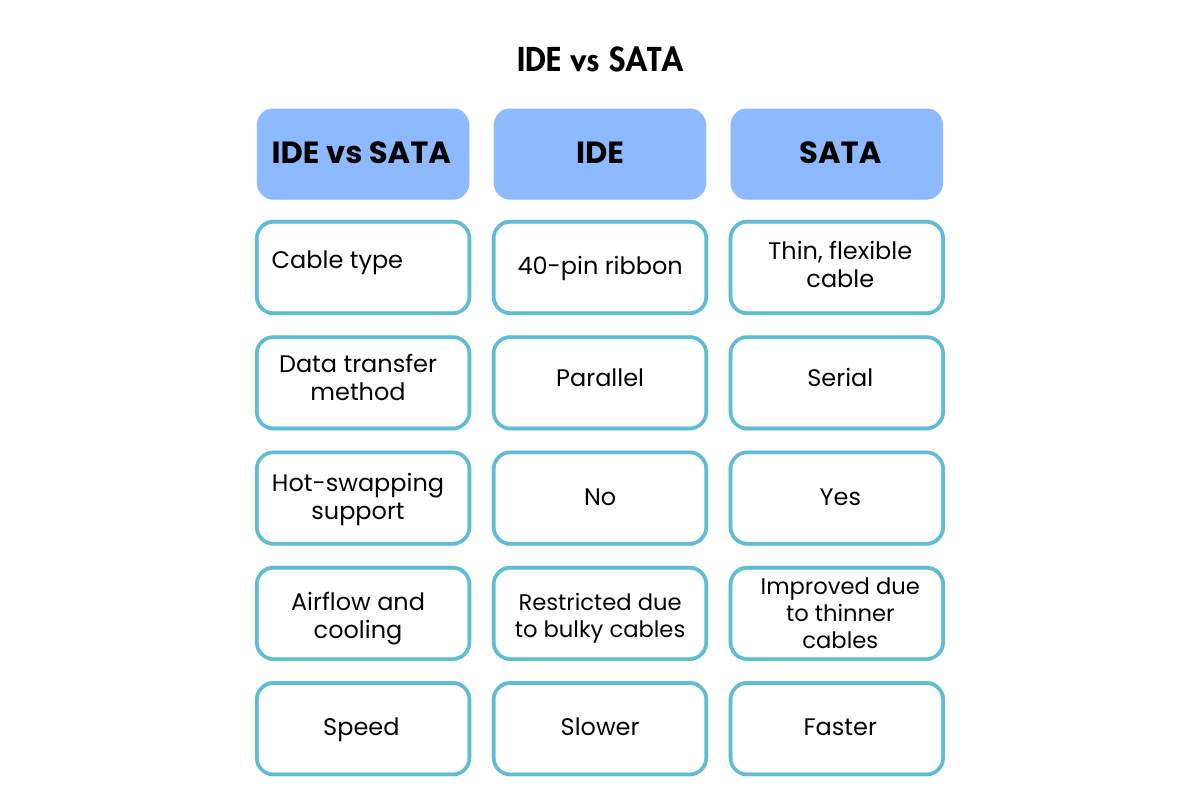
The Legacy of Integrated Storage Interface
Despite being surpassed by faster, more efficient technologies, Integrated Storage Interface played a pivotal role in shaping modern storage interfaces. IDE simplified the way storage devices were connected and used, reducing the cost and complexity of personal computing and making computers more accessible to a global audience.
For many PC enthusiasts and builders during the 1990s, IDE was their first exposure to the world of internal storage installations. The iconic 40-pin ribbon cables and master/slave drive configurations were synonymous with the era of rapidly expanding computer use.
Today, though modern interfaces like SATA and NVMe have largely replaced IDE, the legacy of Integrated Storage Interface endures. IDE was a critical stepping stone in the journey toward the high-performance, user-friendly storage systems we enjoy today. The principles IDE introduced—integrating controllers into drives, simplifying installation, and lowering costs—continue to influence modern storage solutions.
Conclusion
The development of Integrated Drive Electronics (IDE) fundamentally transformed data storage, making it more accessible to the average user through its simplicity and affordability. While newer technologies have overshadowed IDE, its contributions to computing remain essential. The lessons learned from IDE have paved the way for the creation of faster and more efficient storage systems, which are evident in today’s advanced storage technologies. As a testament to the evolving capabilities of data storage, innovations like IDE should be recognized for their role in shaping the current computing landscape. Although IDE may have been surpassed, its legacy will continue to influence and enhance modern discoveries.
Latest Electronics Markets
Global Automatic Content Recognition Market Size, Share, and Growth & Trends Analysis By Application
The Global Automatic Content Recognition Market size was USD $2.90 billion in 2023 and is projected to grow at a CAGR of 16.7% during the forecast period (2024-2031).
Global NFC Chip Market Size, Share, and Growth & Trends Analysis By Storage Capacity
The Global NFC Chip Market size was USD $5.40 billion in 2023 and is projected to reach USD $16.4 billion by 2031, with a CAGR of 24.9 % during the forecast period.

